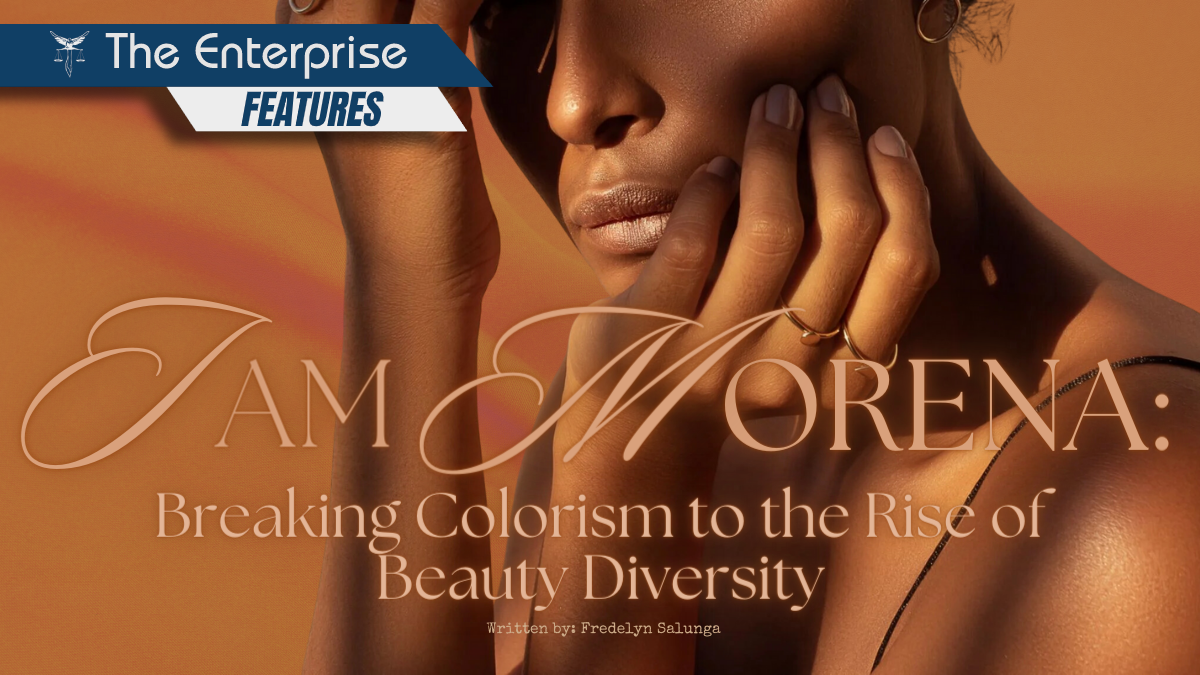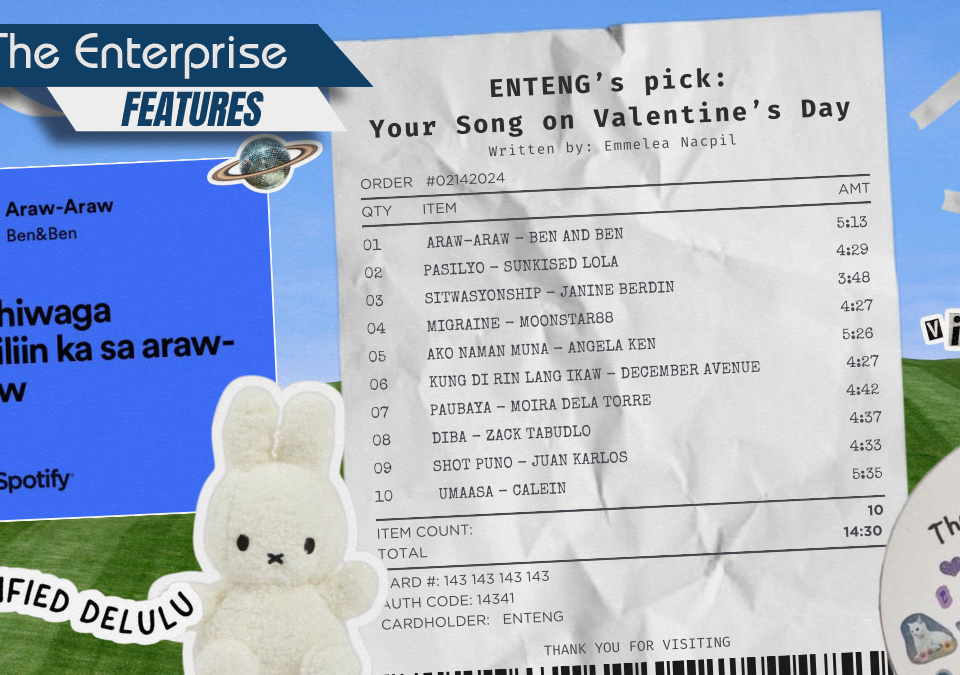
The Future of CSC-SBA: Enteng conducts MDA 2024
March 31, 2024
The Curse of a Broken Promise
April 5, 2024I AM MORENA: Breaking Colorism to the Rise of Beauty Diversity

My cousin, who lives in the United States, recently came back to the Philippines for vacation. While chatting, she remarked, “There’s a lot of browns here in the Philippines.” I was taken aback by her comment and explained that Filipino skin comes in a wide variety of tones, ranging from warm tones of morena to the golden olive of mestizas. The passing times upheld a strict Filipino beauty standard due to colonial influences, media lack of representation, and social pressures that birthed the notion that “lighter skin is better.” However, diversity embraced the modern pop culture that uprises morena representatives, breaking the beauty barricades.
Homage of Cultural Richness
The stories of cross-cultural exchange that are inherent in the beauty of Filipino skin tone go beyond simple aesthetics. The Philippines has become a melting pot of influences through centuries of interaction with different peoples and civilizations, as evidenced by the rainbow of skin tones that adorn its coasts.
Morena known as “De la Morena”, is a Spanish term referring to the feminine name “Moreno”, meaning “brown”. In the Filipino context, this word is often associated with or interchangeably used with “Kayunmanggi”, another skin shade among Filipinos. However, there is a distinctive difference between the two shades, with Kayumanggi being darker, and Morena on the warmer side.
It is no secret that the Philippines has a history of colonialism that created a consequential gap between the privileged and the poor in terms of beauty standards and skin tone. The concept of “melanin hierarchy” is prevalent, with Mestizo who are half-Spanish and half-Filipino being considered wealthy, while native Filipinos or Indios are often forced to live in difficulty. This pretty privilege has existed since the times of Spanish colonialism and has influenced the perception of Filipinos towards those darker skin tones, such as Kayumanggi and Morena, as being economically, politically, and socially inferior.
However, the preference for lighter skin has changed but greatly influenced the perception of Filipina beauty. Thus, being a Morena becomes a symbol of culture and ancestry rather than merely appearance. The essence of our roots is embodied by Filipinos, from the rich history of the Philippines to the vibrant customs that have been passed down through the years. With times changing, the recognition of diversity to beauty of all skin tones has paved the way and celebration of modernity.
Breaking Barriers
The Philippine culture moves with a positive development. The beauty business is currently changing and the emphasis is now turning towards promoting diversity. At the front of this movement are morena who wear rich melanin complexion as a badge of pride. The Filipina Morena girls inspire others to embrace themselves without apology by sharing their experiences, narratives, and beauty advice. They act as role models, demonstrating to young girls that beauty comes in various shapes, colors, and shades, for those who may have formerly felt self-conscious about their complexion.
Being morena is something you flaunt to the world, as exemplified by two of the most followed TikTok influencers: Ayn Bernos and Denise Julia. Bernos also stressed in one of her mini-vlogs that being a morena means “styling, perspective, and confidence” and that we shouldn’t be influenced by the stereotyping of others. Additionally, tan-skinned women are seen walking at the pageantry and finding ways to attain the golden brown hues of the sun. Being referred to as a morena also gives Michelle Dee, the current Miss Universe Philippines 2023, a lot of pride.
Together, let’s work to make a society where people of all skin tones are respected and valued as we face the challenges of identity and self-image. Let us embrace the kaleidoscope of beauty that is each of us and let go of antiquated conventions. As our many differences are what bind us all together, true beauty cannot be found in conformity.
As we work toward self-acceptance, we keep in mind that diversity is where beauty thrives and is not limited to any one concept. Let’s embrace the vibrant mosaic of Filipino skin tones and give each other the confidence to shine precisely as we are. With our gorgeous tan skin, let us flaunt with pride, “I am Morena!”


